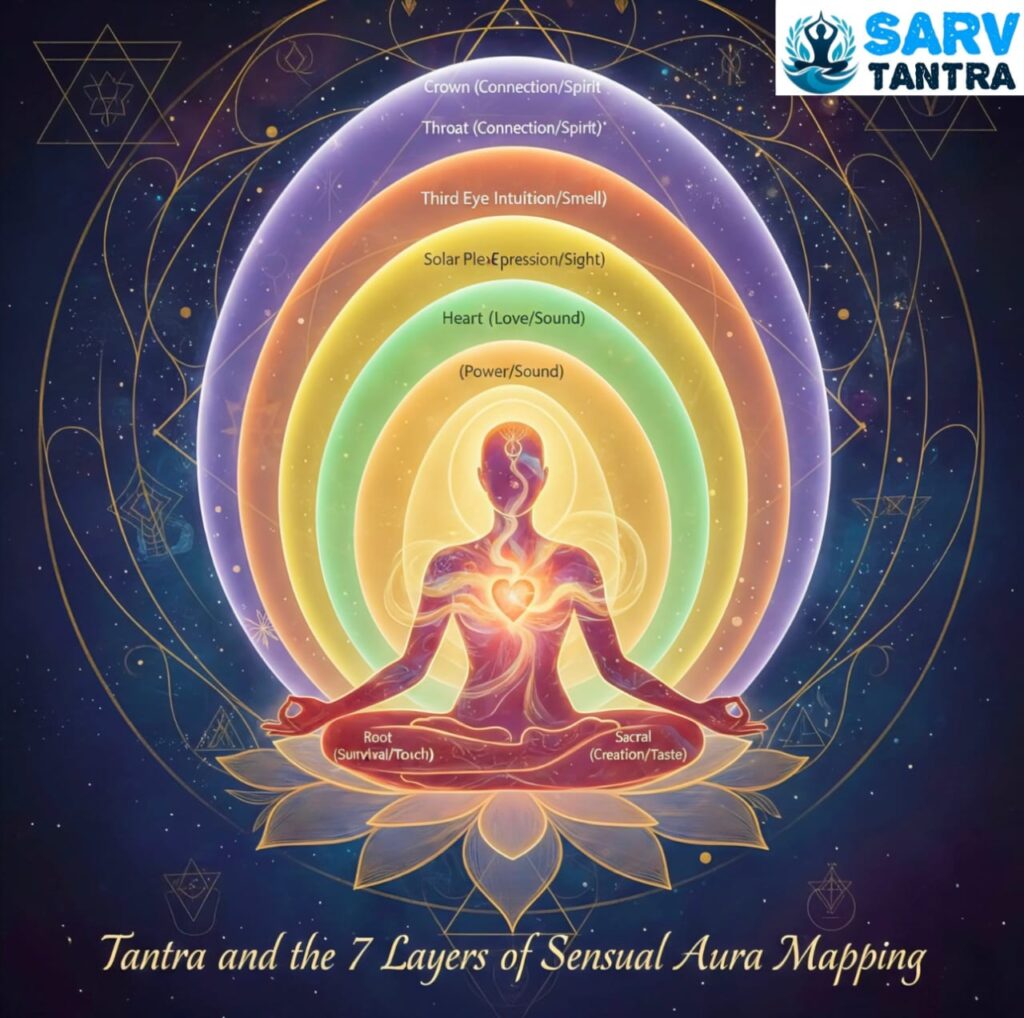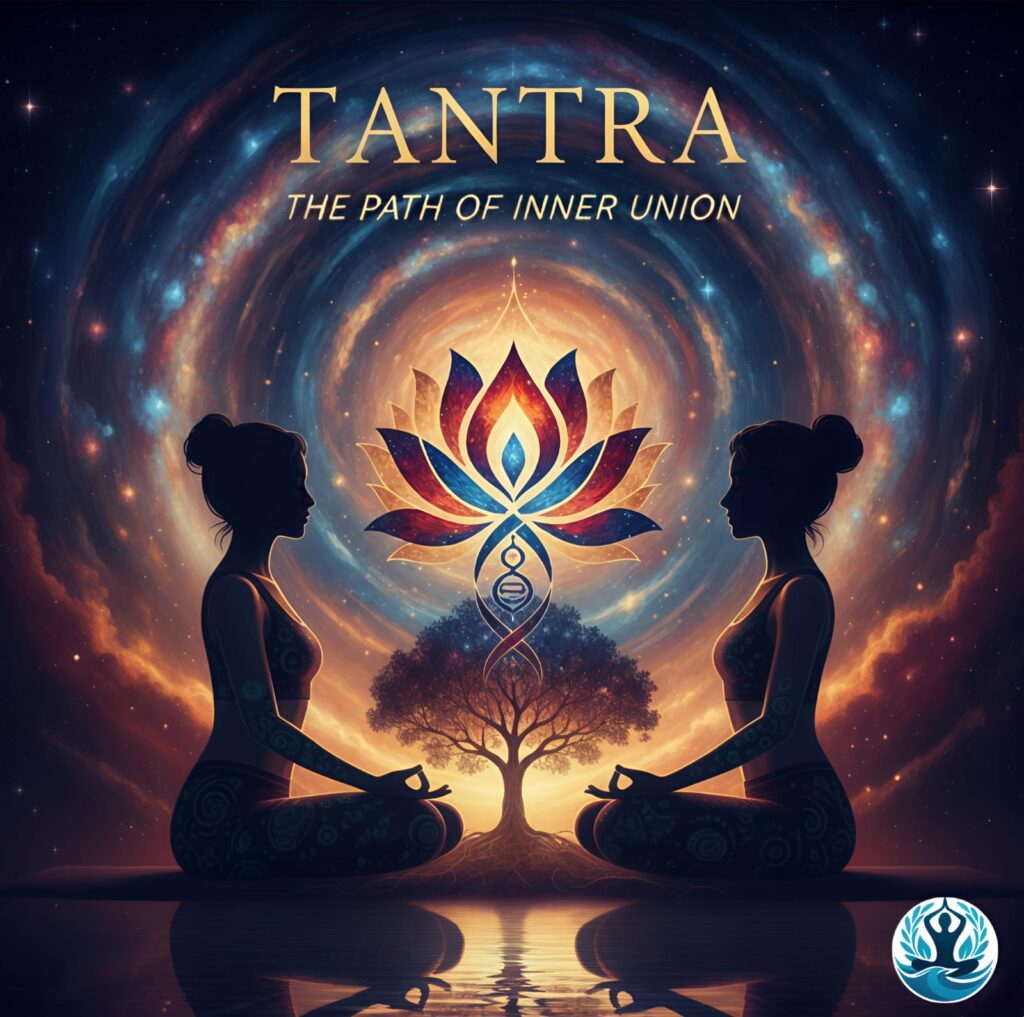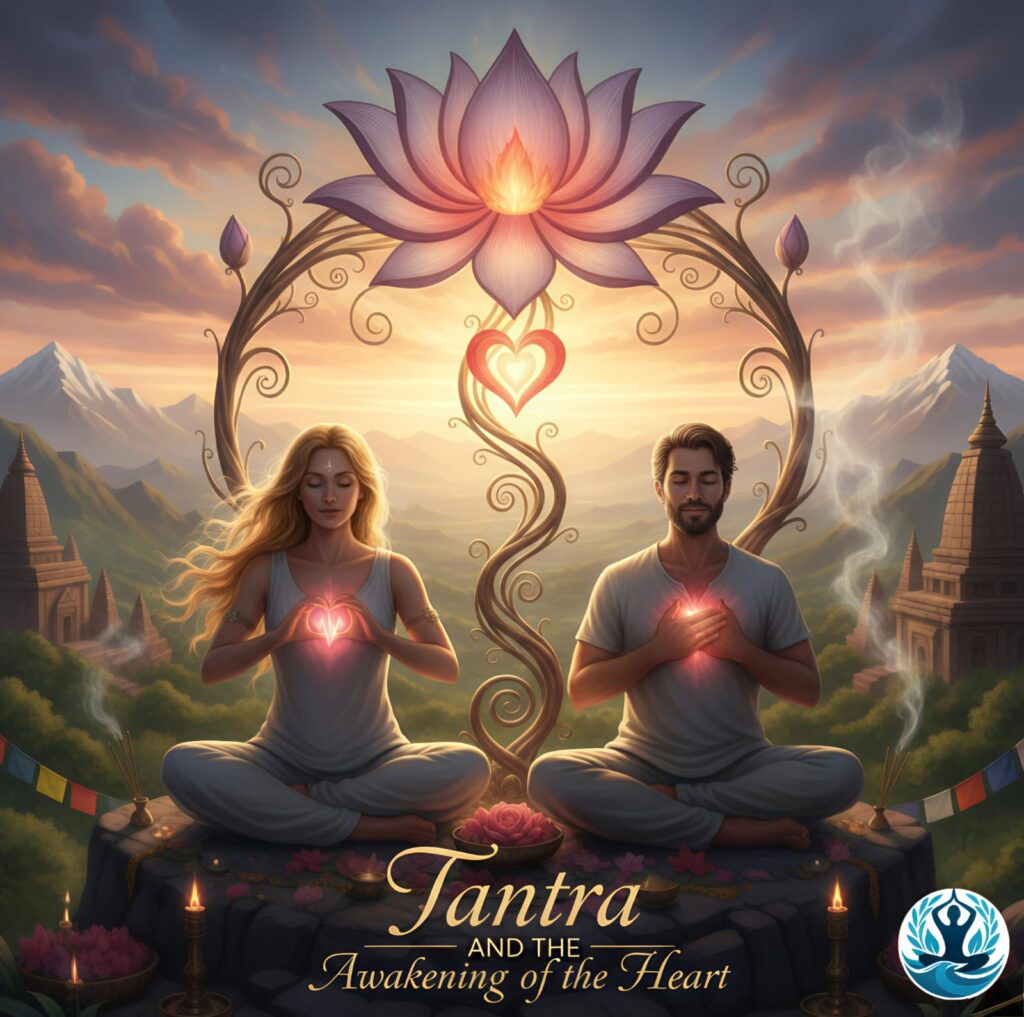Tantra Therapy for Mental Health: Can It Really Help?

Mental health has become one of the most critical areas of focus in modern wellness conversations. With anxiety, depression, and stress becoming increasingly prevalent across all age groups, individuals are seeking alternative healing methods in addition to traditional therapy and medication. Among these alternatives, tantra therapy has emerged as a holistic approach that not only supports emotional healing but also helps individuals reconnect with themselves on a deeper level.
But what exactly is tantra therapy? Is it effective for mental health issues? And how does it differ from other therapies? Let’s explore this fascinating practice in detail and uncover its potential impact on emotional and psychological well-being.
What Is Tantra Therapy?
Tantra therapy is a therapeutic approach rooted in the ancient spiritual tradition of tantra, which originated in India over 5,000 years ago. Contrary to the common misconception that tantra is solely focused on sexuality, traditional tantra encompasses breathwork, energy movement, meditation, body awareness, and emotional release techniques. The therapy blends these ancient principles with modern psychological tools to create a deeply transformative healing experience.
A tantra therapist often works with clients through a series of sessions that involve:
- Conscious breathing exercises
- Guided meditations
- Bodywork and touch (in non-sexual, professional ways)
- Energy healing techniques
- Vocal expression
- Eye-gazing and presence-building
These techniques are designed to release emotional blockages, stimulate self-awareness, and restore the natural flow of energy in the body and mind.
Mental Health Benefits of Tantra Therapy
Tantra therapy works on the premise that unprocessed emotions and trauma are stored in the body and energy system. Over time, these can manifest as anxiety, depression, emotional numbness, or chronic stress. Through a combination of physical, emotional, and energetic practices, tantra therapy aims to heal these imbalances holistically.
Here are some of the key mental health benefits of tantra therapy:
1. Emotional Release and Trauma Healing
Many people suppress painful emotions because they’re difficult to express or even recognize. Tantra therapy creates a safe, non-judgmental space where individuals can access and release deep-seated emotional pain. This release is often physical—through tears, shaking, breath, or movement—which can be incredibly cathartic and healing.
2. Reduced Anxiety and Stress
Tantra techniques like slow conscious breathing, mindfulness, and energy work activate the parasympathetic nervous system—the body’s relaxation response. This results in lowered cortisol levels, improved heart rate variability, and an overall sense of calm and safety.
3. Increased Self-Awareness
Through presence-building practices like eye-gazing or body scanning, individuals learn to observe their thoughts, emotions, and physical sensations without judgment. This awareness helps break the cycle of unconscious reactivity and fosters mindful living, which is key in managing anxiety and depression.
4. Improved Body Image and Self-Esteem
Tantra encourages people to honor their bodies not just as physical forms, but as sacred vessels of life force. Through body-positive practices, individuals learn to appreciate and love themselves, often healing long-standing issues of shame, guilt, or low self-worth.
5. Stronger Mind-Body Connection
Many people live “in their heads,” disconnected from the body. Tantra therapy helps re-establish this mind-body bridge, making it easier to identify emotional triggers, process feelings, and regain control during emotionally intense situations.
6. Safe Emotional Intimacy
For those who struggle with emotional intimacy or have experienced relational trauma, tantra therapy provides a gentle pathway to rebuild trust, boundaries, and healthy connection—starting with themselves.
Tantra vs Traditional Therapy: What’s the Difference?
While traditional talk therapy (like CBT or psychoanalysis) focuses primarily on thoughts and behavior patterns, tantra therapy takes a body-centered, experiential approach. Rather than intellectualizing emotions, tantra encourages individuals to feel, express, and release them through physical and energetic practices.
| Aspect | Traditional Therapy | Tantra Therapy |
|---|---|---|
| Focus | Mind and cognition | Body, energy, and emotion |
| Tools | Dialogue, worksheets | Breathwork, bodywork, meditation |
| Session Style | Seated, verbal | May involve movement, breath, touch |
| Goal | Mental clarity and behavior change | Emotional healing, energetic flow, deep presence |
This doesn’t mean one is better than the other—they are often complementary. Many therapists and coaches integrate tantra techniques with psychotherapy to provide a more holistic healing experience.
Scientific Perspective: What Research Says
While tantra therapy as a standalone discipline lacks large-scale clinical trials, many of its core techniques—like conscious breathing, somatic experiencing, and mindfulness—have been widely studied and proven effective for mental health.
Mindfulness meditation, a core component of tantra, has been shown to reduce symptoms of anxiety, depression, and PTSD in numerous studies.
Somatic therapies (which involve body awareness and physical release) have shown success in trauma recovery and emotional regulation.
Breathwork has been found to decrease cortisol, enhance mood, and improve focus.
What makes tantra unique is how it weaves these elements together into one integrated experience, creating space for deeper transformation.
Who Can Benefit From Tantra Therapy?
Tantra therapy is suitable for a wide range of individuals, including:
- People suffering from stress, burnout, or anxiety
- Individuals recovering from trauma or grief
- Those experiencing emotional numbness or disconnection
- Couples struggling with emotional intimacy
- Anyone wanting to deepen their self-awareness and healing journey
- People exploring alternative or spiritual methods of therapy
However, it’s essential to approach tantra therapy with an open mind and willingness to feel. Since the process may bring up suppressed emotions, some sessions can be intense or challenging before they become liberating.
Is It Safe? Things to Consider
Tantra therapy is generally safe when practiced under the guidance of a qualified, ethical, and professional therapist. However, here are a few important considerations:
1. Ensure Professional Boundaries
Always work with a certified tantra practitioner or therapist who upholds strong ethical boundaries. Avoid any practitioner who makes you feel uncomfortable or crosses personal or professional lines.
2. Consent and Comfort
A good tantra therapist will always ask for consent before touching and explain the purpose of every exercise. You have the right to decline or stop any activity at any time.
3. Personal Readiness
Because tantra can surface intense emotions, individuals with unresolved trauma or mental health diagnoses (like schizophrenia or bipolar disorder) should consult a medical professional before starting.
How to Get Started with Tantra Therapy
If you’re curious about trying tantra therapy, here’s how to begin:
1. Research Practitioners
Look for certified practitioners with training in trauma-informed care, somatic therapy, or energy healing. Read reviews, interview them if needed, and make sure they align with your values.
2. Set Intentions
Before your first session, get clear about what you want to explore—whether it’s emotional healing, stress reduction, or reconnecting with yourself.
3. Start Slowly
Begin with breathwork and meditation-focused sessions to get comfortable with the process. Many therapists offer introductory consultations.
4. Practice At Home
Incorporate simple tantra tools like deep belly breathing, mirror gazing, or mindful self-touch into your daily routine. Even a few minutes a day can make a difference.
Conclusion: Can Tantra Therapy Really Help?
The answer is yes—if you’re ready for it.
Tantra therapy offers a powerful, body-based approach to healing that complements traditional mental health care. It can unlock suppressed emotions, reduce anxiety, boost self-love, and help people feel more grounded, present, and whole.
It’s not a quick fix or a one-size-fits-all solution. But for those open to exploring their inner world through presence, breath, and conscious touch, tantra therapy can be a life-changing tool for emotional wellness and transformation.
Final Thought
Mental health deserves compassionate care, and every individual’s healing path is unique. Tantra therapy reminds us that healing isn’t just about the mind—it’s about the whole self. When mind, body, and spirit come into harmony, we move from surviving to truly thriving.



















